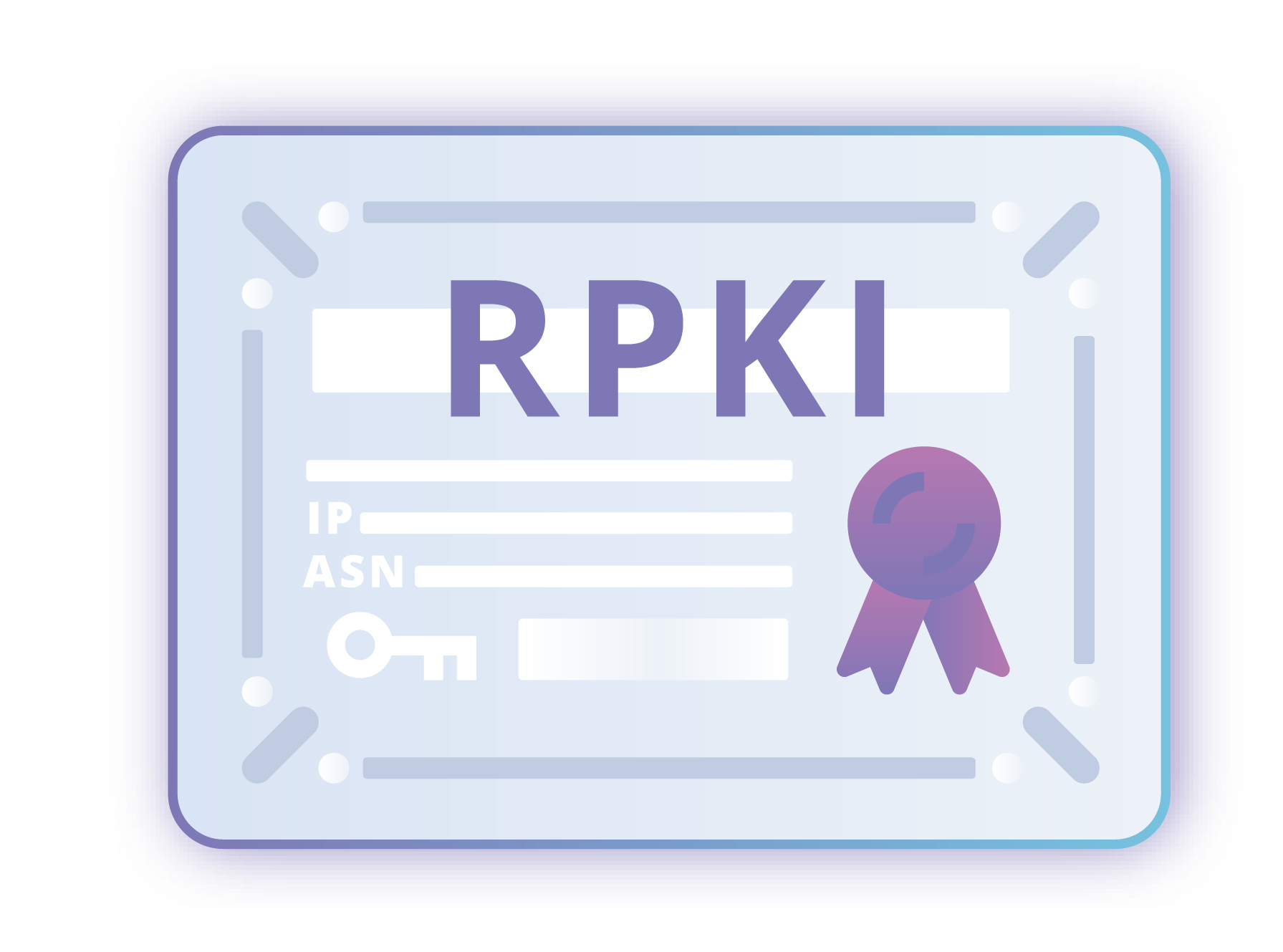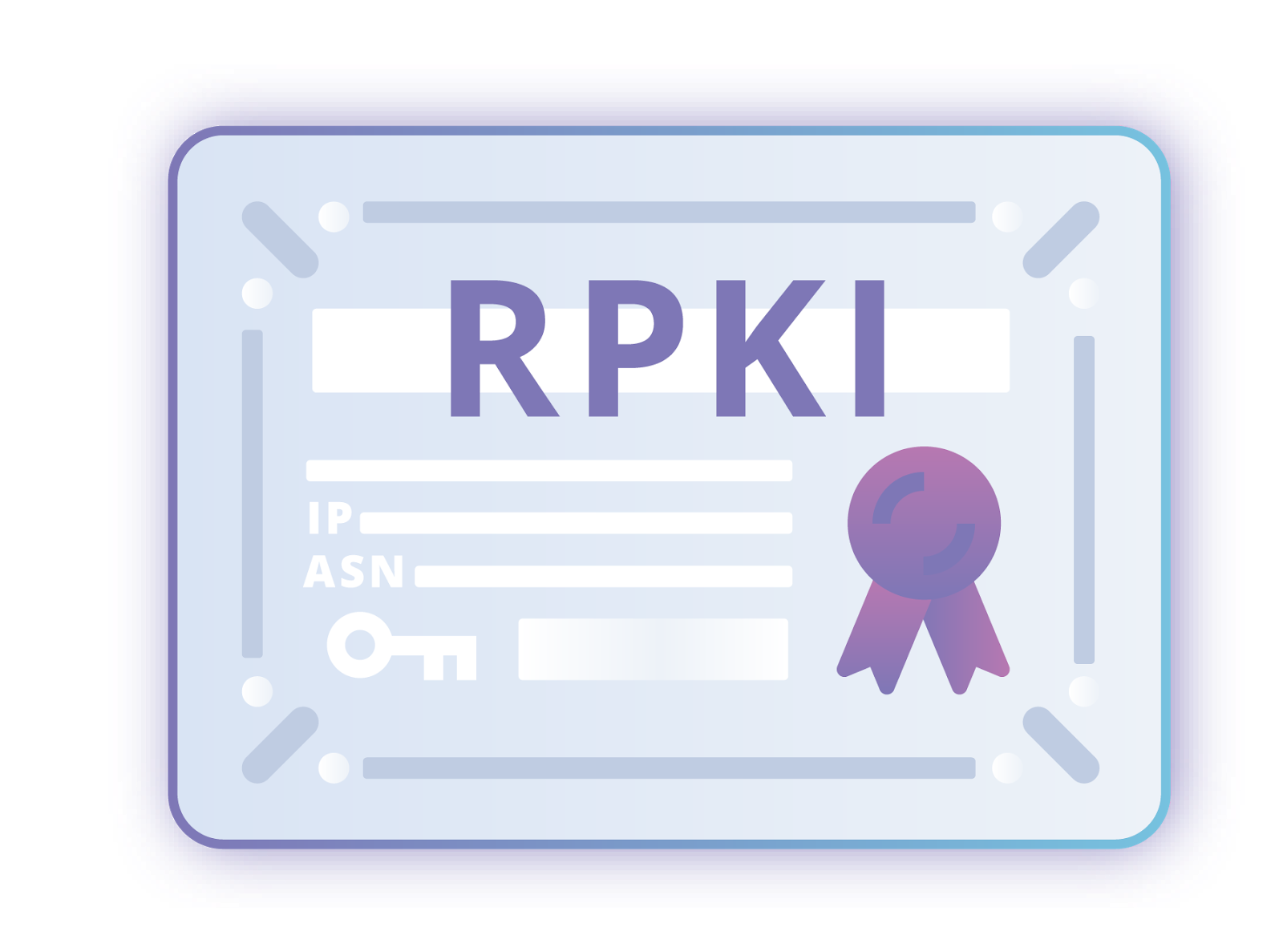Trump and Peekaboo: Hackers Target Political Malware, Surveillance Software
 McAfee says Presidents Trump and Obama have malware campaigns named after them. Tenable discloses a flaw that could affect hundreds of thousands of security cameras globally.
McAfee says Presidents Trump and Obama have malware campaigns named after them. Tenable discloses a flaw that could affect hundreds of thousands of security cameras globally.
Episode 35 – Do You Really Need Good Engineers?
IT staffing budgets are shrinking and consequently many organizations are forgoing having strong engineering talent on staff. In this episode we explore the dynamics of staffing good engineers and whether or not it’s possible to remove that cost in modern networks.
Outro Music:
Danger Storm Kevin MacLeod (incompetech.com)
Licensed under Creative Commons: By Attribution 3.0 License
http://creativecommons.org/licenses/by/3.0/
The post Episode 35 – Do You Really Need Good Engineers? appeared first on Network Collective.
Dell EMC’s Shatzkamer Outlines How Service Providers Should Prepare for Digital Transformation
 The modern service provider is embracing technologies that were once used only by enterprise IT.
The modern service provider is embracing technologies that were once used only by enterprise IT.
We’ve Added a New Cisco CCNA Certification Course To Our Library!
Tune into Gabe Rivas’s most recent course release, Network Foundation Protection: Management Plane, the second in a series of eight CCNA security courses.
Network Foundation Protection is a security framework that provides with strategies to protect three functional areas of a device: Management Plane, Control Plane, and Data plane. In this Course we will focus on the management plane functionality and we will look at ways to protect and secure management access to network devices. We will compare the Pros and Cons of using an in-band vs an out-of-band management network and we will learn how to use network management protocols such as SNMP, NTP, SCP, RADIUS, TACACS+, Telnet, SSH, HTTP, and HTTPS to name a few. We will also learn the difference between the Cisco ACS and ISE servers and configure TACACS+ on ISE and an IOS device to provide with AAA for device administration. As a bonus, we will look at commonly used tools that can help you determine Cisco product vulnerabilities, best recommended software, and how to search bugs.
Prerequisites
If this was a single course covering the entire CCNA Security blueprint, the pre-requisite would have been the CCENT Certification or equivalent knowledge. Since this is Continue reading
Learning by Doing: Have You Heard of the Suusamyr Community Network in Kyrgyzstan?

Last week, the Internet Society together with our Kyrgyz chapter and the wider local community held discussions about Internet connectivity in remote areas in Bishkek, Kyrgyzstan. Approximately 35% of the Kyrgyz population use the Internet (ITU data, 2017) and most users are located in cities and urban areas.
In cooperation with its Kyrgyz chapter, the Internet Society is piloting the community networks approach in the village of Suusamyr, located some 150 kilometers south of the capital city Bishkek. We had an opportunity to visit this village of about 4000 people, tucked away in a wide valley surrounded by high mountains. The economic activity revolves around farming, horse and cattle keeping, and tourism.
While the final phase of the Suusamyr community network is still under implementation, we can already draw some lessons learnt from the preparatory and testing phases.
Partnerships
As a starting point, the Internet Society Kyrgyz chapter consolidated a partnership with the government, Internet Service Providers (ISP), and the local community in Suusamyr. The Kyrgyz government saw the opportunity for local economic development. Two ISPs agreed to lease their existing backbone infrastructure to connect the last mile. And most importantly, the local community embraced this initiative with a Continue reading
38 – DCNM 11 and VXLAN EVPN Multi-site
Hot networks served chilled, DCNM style
When I started this blog for Data Center Interconnection purposes some time ago, I was not planning to talk about network management tools. Nevertheless, I recently tested DCNM 11 to deploy an end-to-end VXLAN EVPN Multi-site architecture, hence, I thought about sharing with you my recent experience with this software engine. What pushed me to publish this post is that I’ve been surprisingly impressed with how efficient and time-saving DCNM 11 is in deploying a complex VXLAN EVPN fabric-based infrastructure, including the multi-site interconnection, while greatly reducing the risk of human errors caused by several hundred required CLI commands. Hence, I sought to demonstrate the power of this fabric management tool using a little series of tiny videos, even though I’m usually not a fan of GUI tools.
To cut a long story short, if you are not familiar with DCNM (Data Center Network Manager), DCNM is a software management platform that can run from a vCenter VM, a KVM machine, or a Bare metal server. It focuses on Cisco Data Center infrastructure, supporting a large set of devices, services, and architecture solutions. It covers multiple types of Data Center Fabrics; from the Storage Continue reading
RPKI and BGP: our path to securing Internet Routing


This article will talk about our approach to network security using technologies like RPKI to sign Internet routes and protect our users and customers from route hijacks and misconfigurations. We are proud to announce we have started deploying active filtering by using RPKI for routing decisions and signing our routes.
Back in April, articles including our blog post on BGP and route-leaks were reported in the news, highlighting how IP addresses can be redirected maliciously or by mistake. While enormous, the underlying routing infrastructure, the bedrock of the Internet, has remained mostly unsecured.
At Cloudflare, we decided to secure our part of the Internet by protecting our customers and everyone using our services including our recursive resolver 1.1.1.1.
From BGP to RPKI, how do we Internet ?
A prefix is a range of IP addresses, for instance, 10.0.0.0/24, whose first address is 10.0.0.0 and the last one is 10.0.0.255. A computer or a server usually have one. A router creates a list of reachable prefixes called a routing table and uses this routing table to transport packets from a source to a destination.
On the Internet, network Continue reading
RPKI – The required cryptographic upgrade to BGP routing

We have talked about the BGP Internet routing protocol before. We have talked about how we build a more resilient network and how we can see outages at a country-level via BGP. We have even talked about the network community that is vital to the operation of the global Internet.
Today we need to talk about why existing operational practices for BGP routing and filtering have to significantly improve in order to finally stop route leaks and hijacks; which are sadly pervasive in today’s Internet routing world. In fact, the subtle art of running a BGP network and the various tools (both online and within your a networks subsystems) that are vital to making the Internet routing world a safe and reliable place to operate need to improve.
Internet routing and BGP and security along with its operational expertise must improve globally.

Nothing specific triggered today’s writing except the fact that Cloudflare has decided that it's high-time we took a leadership role to finally secure BGP routing. We believe that each and every network needs to change its mindset towards BGP security both on a day-by-day and a long-term basis.
It's time to stop Continue reading
Better Together: Net Managers are Partnering with the Security Team
Network managers need to be open to an expanded partnership with the security group. A new EMA report finds such collaboration is already underway in many organizations.
Infrastructure-as-Code, NETCONF and REST API
This is the third blog post in “thinking out loud while preparing Network Infrastructure as Code presentation for the network automation course” series. You might want to start with Network-Infrastructure-as-Code Is Nothing New and Adjusting System State blog posts.
As I described in the previous blog post, the hardest problem any infrastructure-as-code (IaC) tool must solve is “how to adjust current system state to desired state described in state definition file(s)”… preferably without restarting or rebuilding the system.
There are two approaches to adjusting system state:
Read more ...VMware NSX-T Data Center in Evaluation for Common Criteria EAL4+ Certification
VMware NSX-T Data Center 2.x is now under evaluation for Common Criteria certification at Evaluation Assurance Level 4+ with BSI, Germany’s Federal Office for Information Security. Common Criteria is an internationally recognized standard (ISO-15408) that defines, validates, and assures security features and capabilities of IT security products. To see the evaluation status for VMware NSX-T 2.x, visit the German BSI certification website and reference certificate # BSI-DSZ-CC-1099.
VMware NSX-T was introduced to help organizations meet the stringent security demands of containerized workloads, multi-hypervisor, and multi-cloud. And this latest milestone for NSX-T 2.x reinforces VMware’s continuing commitment to deliver secure software to our customers. During the Common Criteria certification process, VMware NSX-T will undergo a thorough and rigorous evaluation methodology, with testing performed by a commercial Common Criteria Evaluation Facility under the oversight of the Certification Body. The Common Criteria certification acts as a seal of assurance for the federal government, its agencies, contractors and other organizations and assures that the product complies with strict security requirements specified within the designated level.
Within the VMware NSX portfolio, we have a long history of investing in certification efforts. For example, VMware NSX Data Center for vSphere 6.x also Continue reading
Kernel of Truth episode 7: data center networking in APAC and EMEA
Subscribe to Kernel of Truth on iTunes, Google Play, Spotify, Cast Box and Sticher!
Click here for our previous episode.
We wanted to give this podcast a bit of international flair, so we invited some overseas guests into the recording booth. I’m joined by Attilla de Groot (Sales Engineer for EMEA) and Sutharsan Sivapalan (Sales Engineer for APAC), who filled me in on the networking customers, trends and challenges that are cropping up in their respective regions. There are definitely differences between these two ends of the world, but you’d be surprised how much these regions have in common despite the distance.
Tweet any questions, feedback or topics you want us to discuss at @cumulusnetworks and use the hashtag #KernelOfTruth — let us know if you like what you’re hearing!
Guest bios
Sutharsan Sivapalan: CCIE #40322 (Data Center), is a Senior Systems Engineer covering the US West and Asia-Pacific regions for Cumulus Networks. Prior to joining Cumulus, Sutharsan spent 6 years at Cisco designing and troubleshooting some of the most complex networks in the world, as a member of their Technical Services organisation. In that role, he supported the entire Data Centre portfolio, including UCS, the Nexus Continue reading
Intel’s Growing Chip Portfolio Stretches From Cloud to Edge
 Intel may be best known for its x86 server chips, but its growing silicon portfolio targets cloud and edge applications, as well as 5G.
Intel may be best known for its x86 server chips, but its growing silicon portfolio targets cloud and edge applications, as well as 5G.
ARM Supports Chip Makers in Servers, IoT, and 5G
 Instead of manufacturing chips, ARM provides its instruction set architecture to its customers — such as Qualcomm, Broadcom, NXP, and Marvell — and those companies manufacture the chips.
Instead of manufacturing chips, ARM provides its instruction set architecture to its customers — such as Qualcomm, Broadcom, NXP, and Marvell — and those companies manufacture the chips.
Linkerd 2.0 Update Moves Closer to Kubernetes
 The service mesh's 2.0 update is focused on easing deployment for service owners compared to other platforms like Istio.
The service mesh's 2.0 update is focused on easing deployment for service owners compared to other platforms like Istio.
NetApp Buys StackPointCloud, Launches Kubernetes Service
 “Because the developers love Stackpoint.io so much, after our testing I bought the company. It’s just that good,” said NetApp's Anthony Lye.
“Because the developers love Stackpoint.io so much, after our testing I bought the company. It’s just that good,” said NetApp's Anthony Lye.



